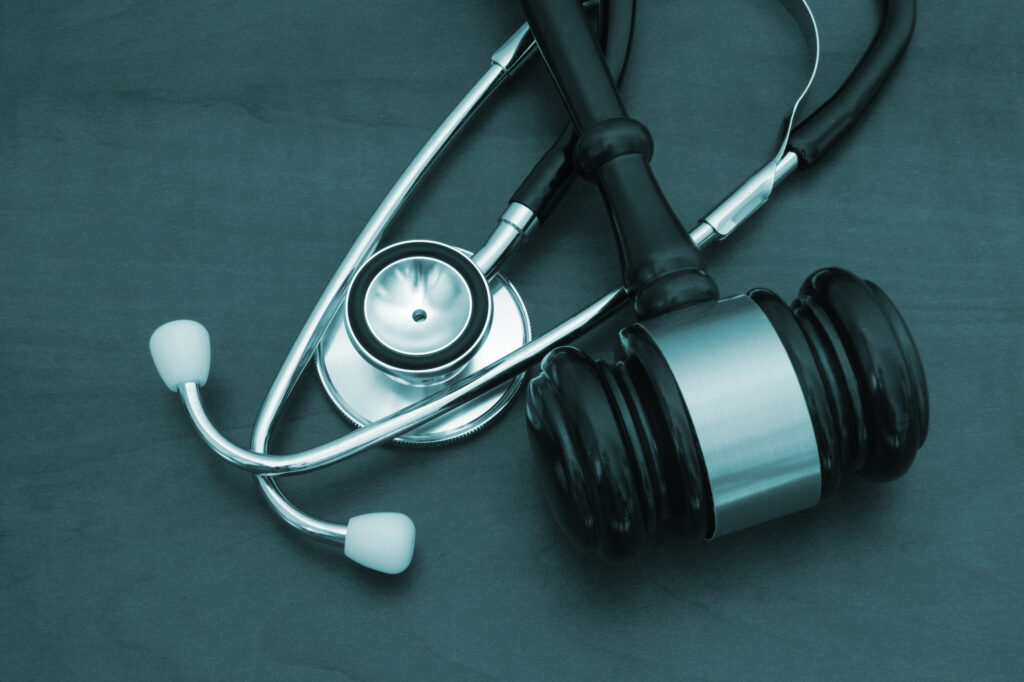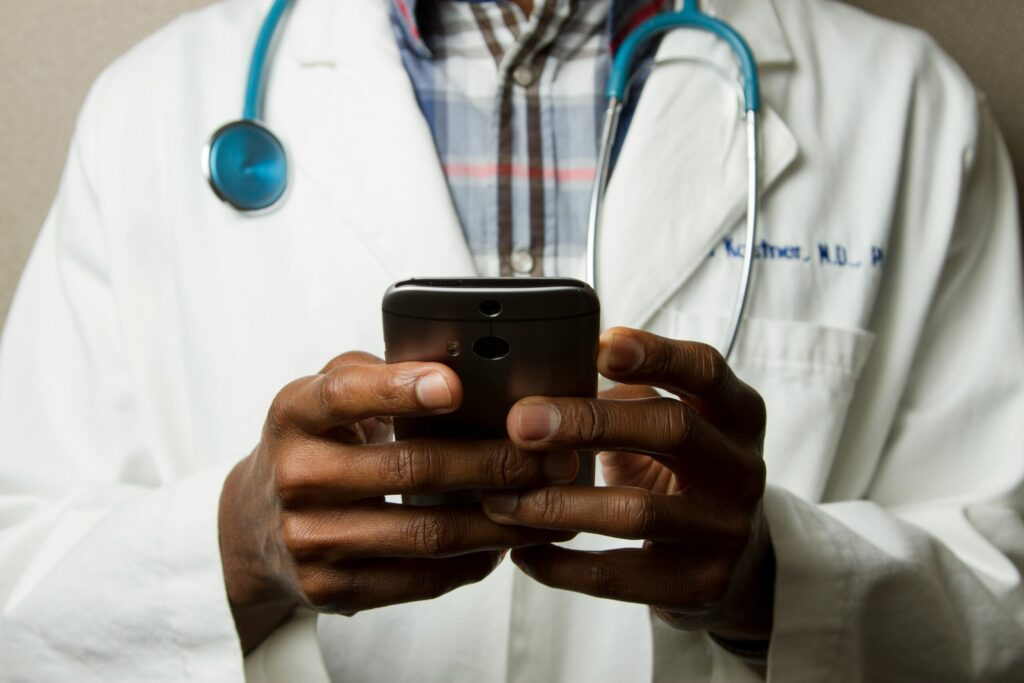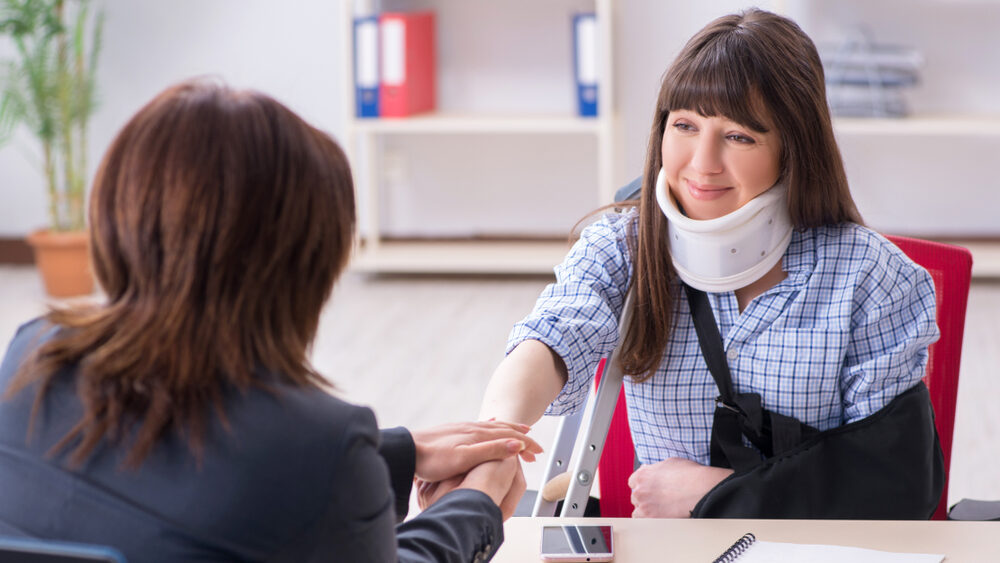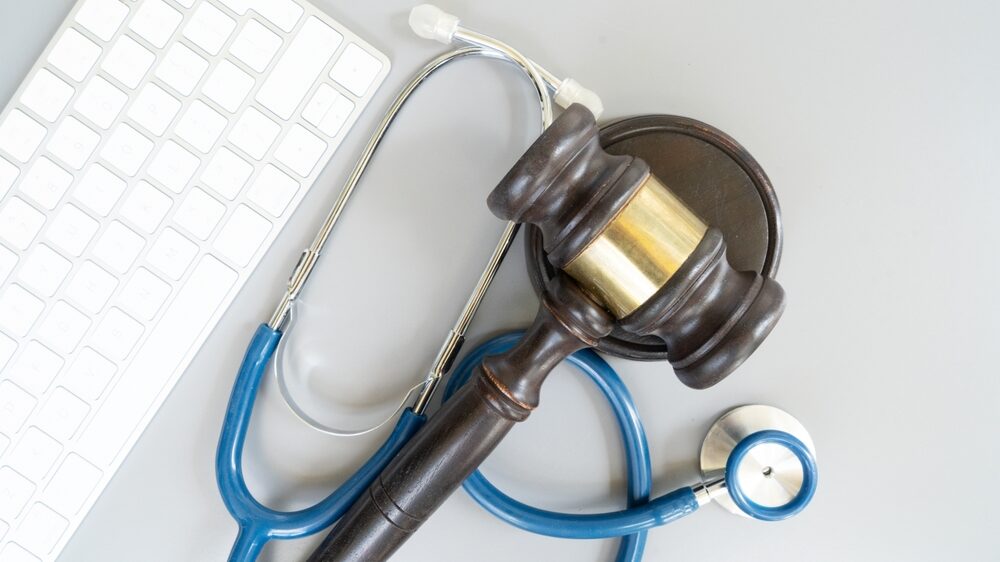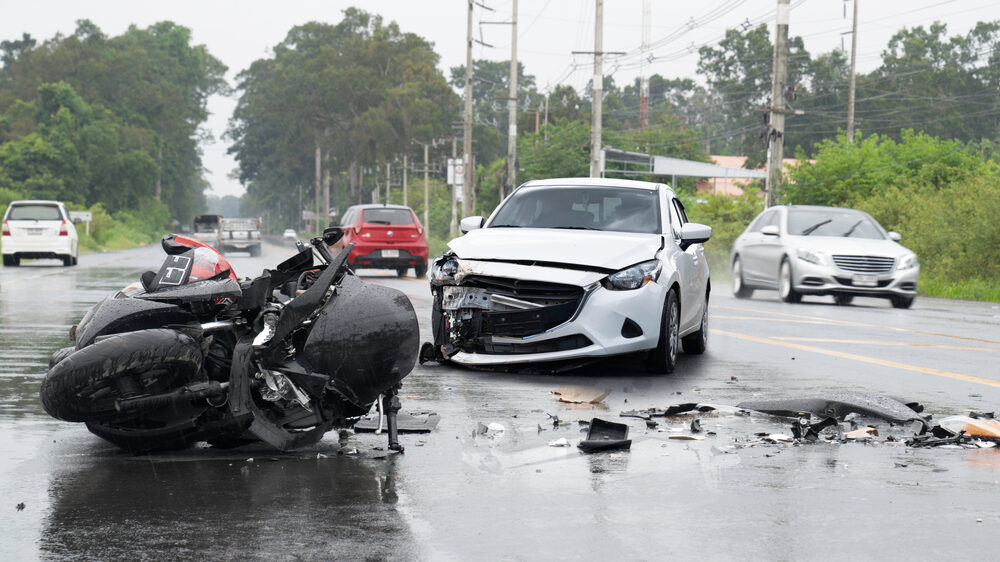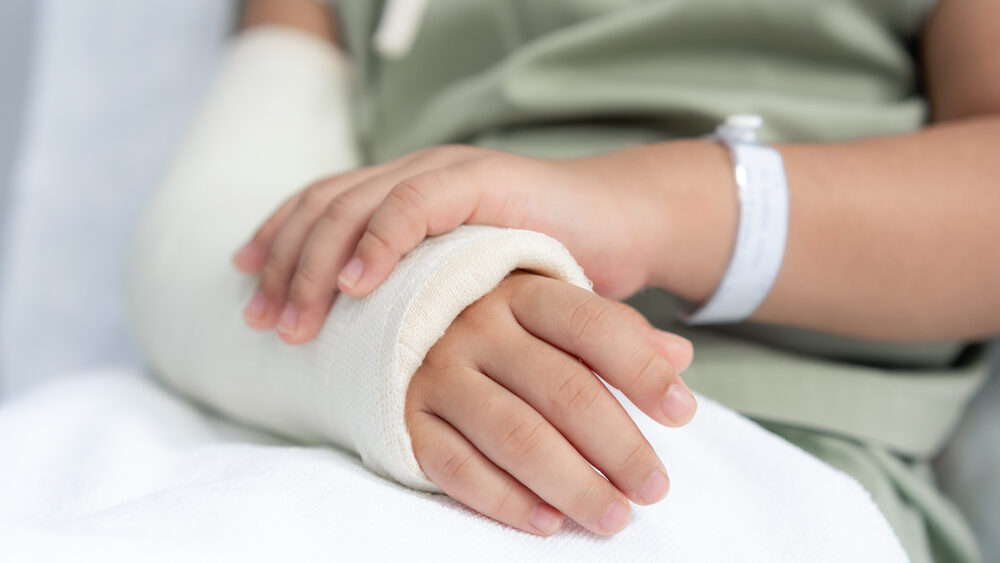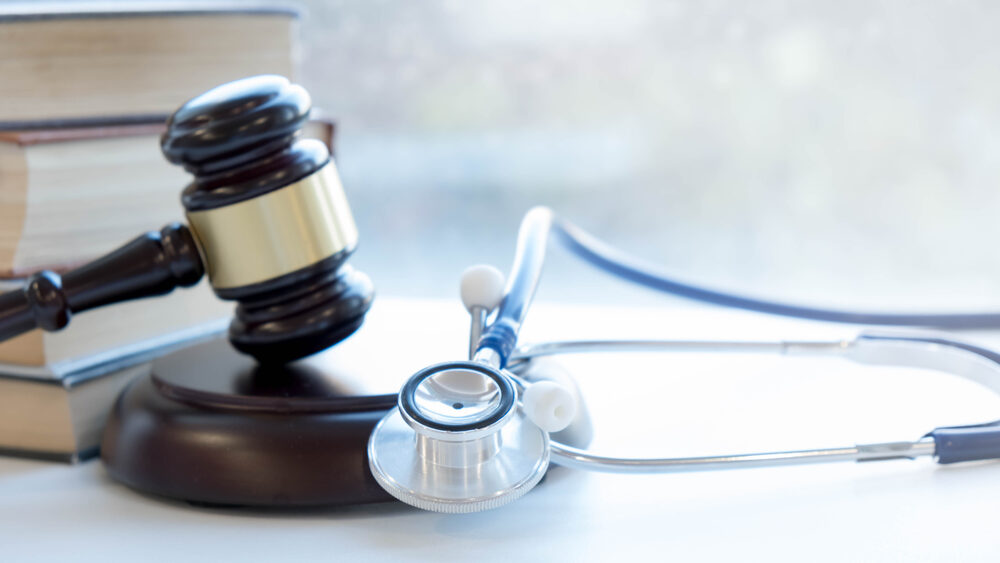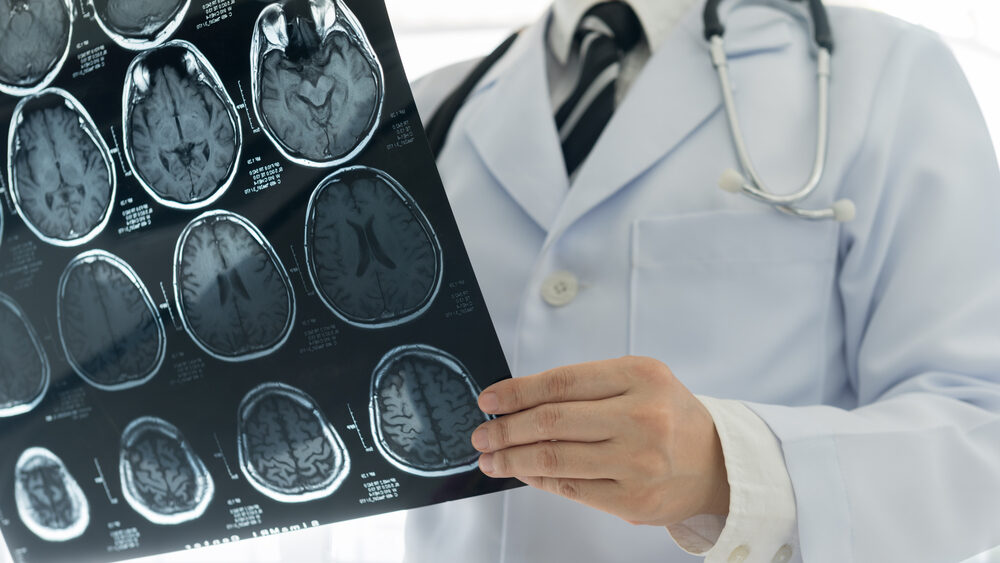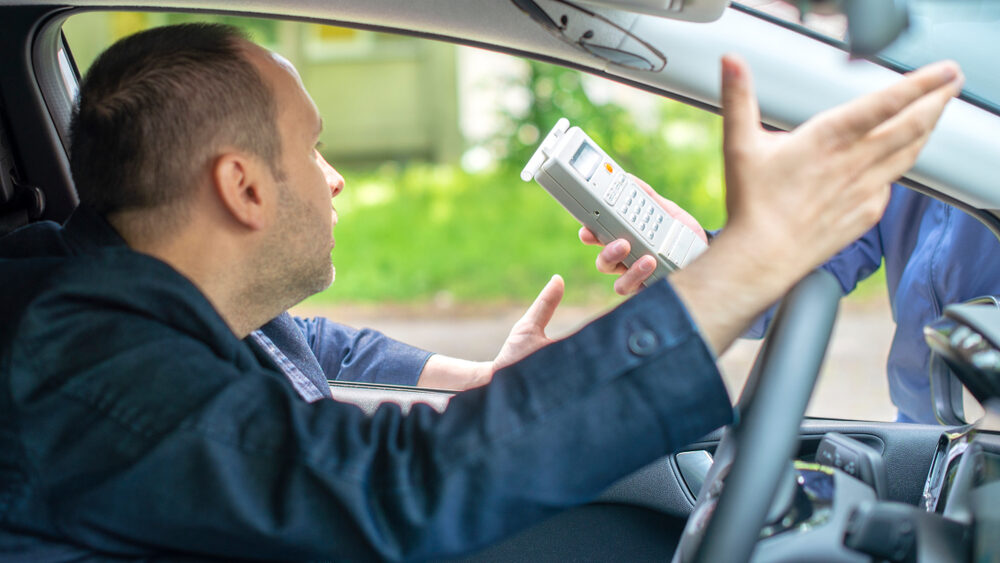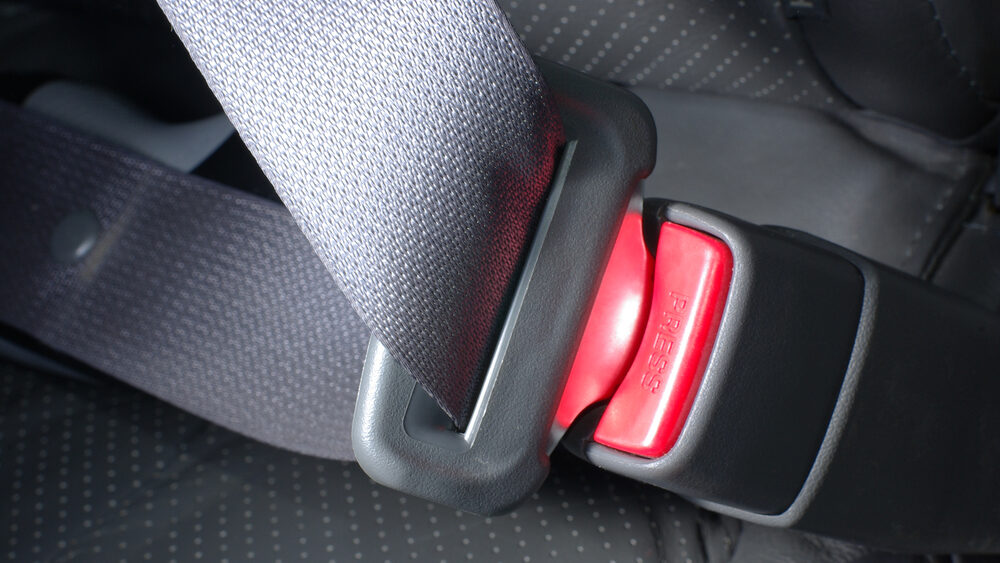What to Do Immediately After a Pennsylvania Car Accident
If you’ve just been in an Erie car accident, there will be time to answer questions about how to deal with the other driver’s insurance company and about whether to give a recorded statement. But first, you’ve got to worry about what do immediately after the car wreck. Here are nine steps to guide you through the immediate aftermath of an Erie car accident.
1. Check for Injuries
Are you hurt? Is anyone in your car hurt? Does it appear (without getting out of your car) that anyone else has been hurt? Before you do anything else, determine whether anyone requires emergency assistance. When in doubt, call 911 and ask for an ambulance.
2. Take a Safe Position
If the Erie car accident was a minor one and there appears to be no serious injury, move your car to the side of the road and away from traffic. If anyone was injured in the car accident, or if your car cannot be moved, then you and your passengers should stay in your car with your seat belts on. Put on your flashers.
3. Call the Police
Call the police, even for minor car accidents. Not every jurisdiction requires a police response to every accident, but it’s best to report it anyhow.
4. Collect Information
Exchange information with others involved in the accident. The information you should expect from others (and should expect to share with others) includes: name, address, phone number, insurance company, policy number, and driver license number for all involved drivers; name and address of all vehicle owners; name, address, and phone number of all witnesses; and license plate numbers of all vehicles.
5. Keep Control of Yourself
Be polite and factual. When speaking with the other driver and with responding emergency officials, it is important to be polite and to provide required factual information. You should NOT accuse others of fault in the car accident, nor should you volunteer that you are at fault in the Erie car accident.
6. Get Pictures
Photograph the scene of the Pennsylvania car accident, if you can do so safely. If you have a camera (perhaps on your phone?), consider photographing the vehicles and the scene. But be careful! Don’t wander into traffic or take unnecessary risks while getting your photos.
7. Take Notes
Make notes of the make, model, year, and color of involved vehicles; the location of the vehicles; and the precise manner in which the Erie car accident occurred. If you haven’t spoken with witnesses yet, this is a good time to ask for their contact information. Remember, it’s alright to ask people for contact information but don’t interfere with the police.
8. Don’t Rush to Leave
Don’t leave the scene of the Erie car accident before the police and the other drivers do, unless you must do so or the police tell you otherwise.
9. Notify Your Insurance Company
Notify your insurance company and/or agent as soon as possible after an Erie car accident. It’s not uncommon for people at the scene of an accident to agree to handle things themselves without involving their insurance companies. However, we advise strongly against this sort of agreement. Differences often arise after the fact, particularly when the at-fault driver sees the amount of the repair bill or if there are injuries. You’ll likely be better off if you notify your insurer promptly.
The Bottom Line
If you were recently hurt in an Erie car accident, you almost certainly have many questions. For example, you may be wondering how your medical bills will be paid, whether you need an Erie accident lawyer for your case, and where you can find tips for handling your own injury case. You can find answers to many of these questions on this website, or you can order a free comprehensive book we’ve written: “The Ultimate Guide to Car Accident Cases in Pennsylvania: A Roadmap to Justice.” Of course, if you’d just prefer to cut through the paperwork, call today to talk for free with one of our Erie car crash lawyers at 814-273-2010.

